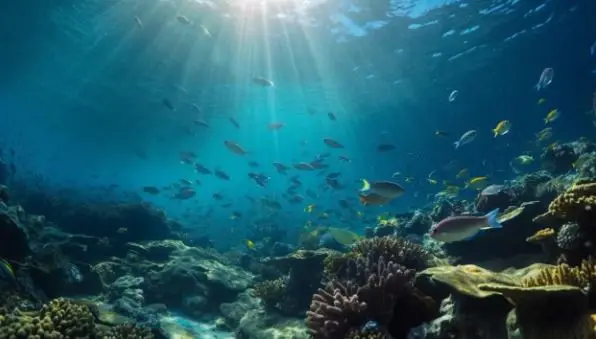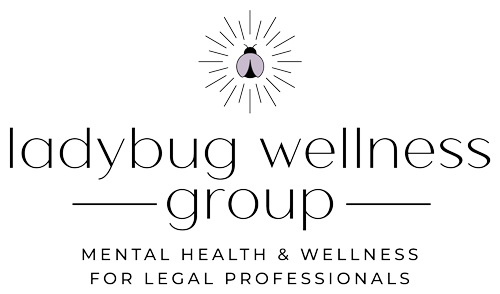“The most beautiful thing we can experience is the mysterious. It is the source of all true art and all science. He to whom this emotion is a stranger, who can no longer pause to wonder and stand rapt in awe, is as good as dead: his eyes are closed.”
― Albert Einstein
As I look out over the icy blue water of the Alaskan Inner Passage, I am overwhelmed by the vastness, the wonder, and the natural beauty of my surroundings. The water stretches endlessly in all directions. The mountains are majestic in their grandeur. The glaciers are magical in their permanence and secrets of the natural world. The wilderness is untouched and untamed. It is literally breathtaking.
I am in awe.
We’ve all experienced this emotion. We may have recognized that we were experiencing something profound. We even may have gotten goosebumps, felt a chill down our spine, or been momentarily breathless from the experience. But most of us would struggle to define or understand what we were experiencing.
Psychologists who study the science of awe describe it as the feeling we get when we’re in the presence of something bigger than ourselves that challenges our understanding about the world around us. Awe is an overwhelming feeling of transcendence, wonder, amazement, reverence or admiration. It is an experience that forces us to reevaluate what we thought we knew about ourselves, or to adjust or reconsider our assumptions about the world. In a word, it is an encounter that makes us go “WOW.”
Dacher Keltner, a professor of psychology at UC Berkely, explains that awe is a unique emotion that is most often experienced through an encounter with one of the “eight wonders of life”:
- Nature (e.g., witnessing a solar eclipse)
- Music (e.g., attending an opera)
- Visual design (e.g., gazing up at a monumental skyscraper)
- Moral beauty (e.g., observing another perform an act of kindness)
- Collective effervescence (e.g., being part of a cheering crowd of fans at a stadium)
- Spiritual experiences (e.g., surviving a near death or out of body experience)
- Epiphanies (e.g., learning something about your past that triggers a revelation about your present self)
- Life’s beginning and ends (e.g., births and deaths)

When Keltner pioneered the study of awe two decades ago, little was known about the significance or impact of awe-inspiring experiences. Since then, he and others have identified numerous positive effects of awe on our mental and emotional health. Studies show that moments of awe calm our nervous system, and cause us to become more creative, curious, and compassionate. Experiencing awe triggers the release of oxytocin, promoting greater trust and bonding. Awe also deactivates the part of the cortex involved in shaping our self-perception, thereby quieting negative self-talk, criticism, and shame. Additionally, feeling that we are part of something bigger than ourselves diminishes our sense of self-importance and inflated ego, and causes us to feel more connected to each other and to nature.
As the science of awe has continued to develop, it has become clear that awe also has significant positive effects on our physical health. Emerging studies show, for example, that the release of oxytocin causes a reduction in chronic inflammation. Likewise, by calming our nervous system, awe leads to a reduction in stress levels. The result is a cascade of positive health implications.
While encounters with awe may be fleeting, the impact on our well-being is transformative. The troubling news, however, is that, as a society, we are increasingly awe-deprived. We spend more time working, commuting, and looking at our phones, and less time outdoors, experiencing cultural events, or connecting with others. As a result, we are becoming increasingly individualist, narcissistic, and materialistic.
The good news, on the other hand, is that we can begin to counteract these concerning trends by increasing our encounters with awe. The even better news is that awe can be developed with practice.
Most of us associate awe with dramatic or life-changing events, such as seeing the Northern Lights, visiting the Pyramids, diving at the Great Barrier Reef, marveling at the birth of a baby, watching an Olympian break a world record, witnessing a remarkable act of kindness, courage or strength, or even seeing Taylor Swift perform live. Occasionally, negative events – such as seeing a video of grewsome genocide or the destruction caused by a natural disaster – may also trigger a sense of awe.

But experiencing awe does not require an encounter with a rare or profound event. Rather, it simply requires us to pause, open our eyes to the world around us, and open our minds to new things. Awe exists in our everyday lives. It is up to each of us to pay attention and allow ourselves to discover and experience it. And indeed, it is not enough to sit around and wait for awe-inspiring events to find us. We must create intentional encounters with awe by, for example:
- Reading or learning about something new
- Looking at a piece of art through a different lens
- Losing yourself in playing an instrument or listening to music
- Stopping to enjoy the sight of a rainbow
- Relishing a moment of personal strength or achievement
- Observing the natural beauty on a hike
- Gazing at the sky and envisioning yourself or the world from a distance
- Marveling at the sights and sounds of a rainstorm
- Contemplating the mysteries of our existence
- Noticing small acts of kindness around you
- Forging new personal connections

Indeed, feeling a sense of awe need not be an individual or solitary experience. Visit an art museum or go on a hike with a friend. Attend a rally or volunteer at a food pantry. Share a new fact or epiphany with a family member. Join a new social media group. Make a choice to discover a wow moment and, in so doing, to broaden your outlook, challenge your assumptions about the world, and improve your overall mental and physical health and wellness.
YOU DON’T HAVE TO GO IT ALONE.









